Today we offer facts about Ireland - 30 things you (maybe) didn't know. Peter is in Northern Ireland and I (Helena) am writing about Ireland. Strange? No, everything has an explanation ...
Innehållsförteckning
Facts about Ireland
Peter often adds facts to our country pages - which you can find under "Destinations" in the menu. He reads and reads, and writes and writes, and gets insanely interested in everything from history to unusual places. Sometimes he posts lists of "things you didn't know", and I thought we could publish them as our own blog posts from time to time!?
Peter is currently in Derry - or Londonderry - in Northern Ireland to celebrate Halloween. Soooo exciting! In the meantime, I'm posting some fun facts about Ireland, edited from Peter's original list.
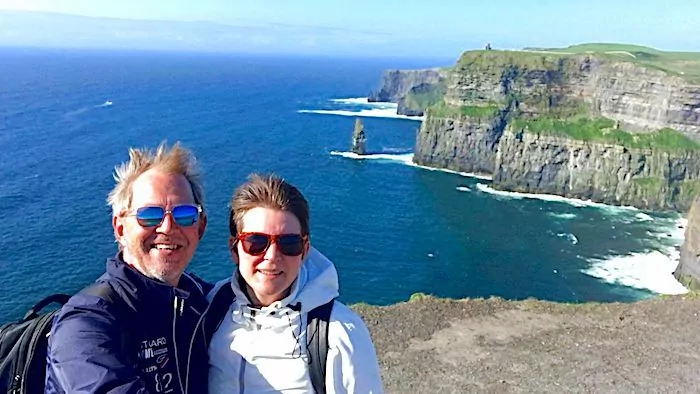
1. Ireland is an island - and a country
Ireland is an island which includes the country of Ireland and Northern Ireland, which belongs to Great Britain. Ireland is also the name of the country of Ireland, which occupies about five sixths of the island of Ireland.
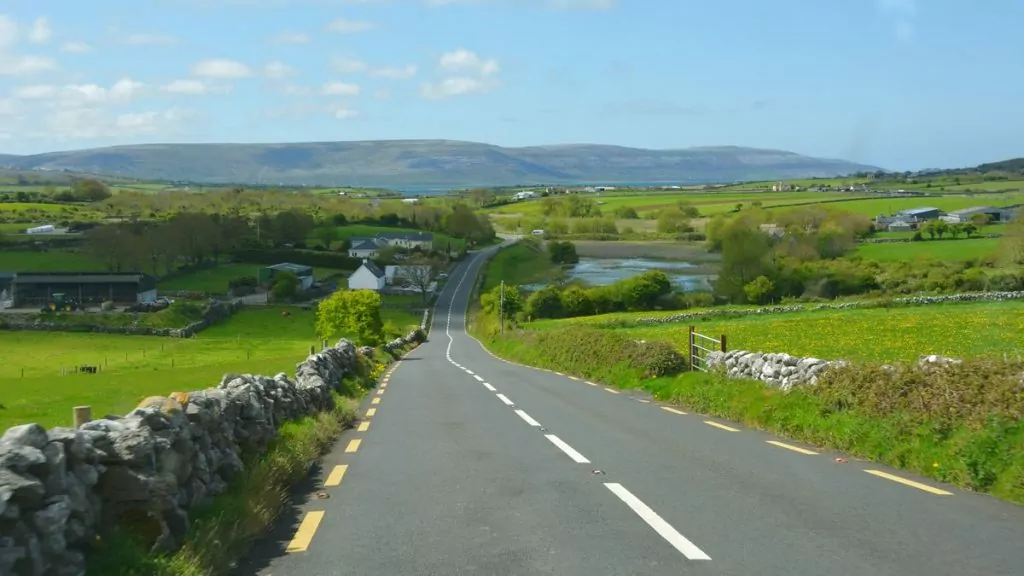
2. One island with two currencies
In the country of Ireland, the euro is used but in Northern Ireland, which is part of Great Britain, they use pounds sterling (GBP).
3. Irish is still spoken
Today, most people speak English Irish is a Celtic language of the Gaelic group and is spoken in both Ireland and Northern Ireland.
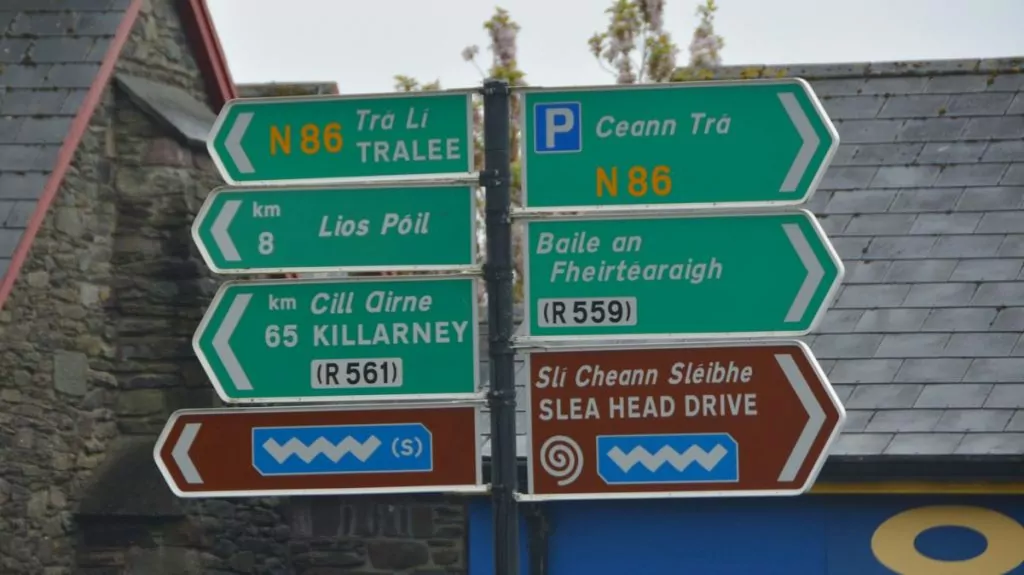
4. Ireland joined the European Community in 1973.
Ireland already joined in 1973 the European Economic Community, the precursor to the EU. Now its neighbours Northern Ireland are (perhaps) leaving the EU together with the UK.
5. Halloween started in Ireland
Halloween originates from the Irish harvest festival of Samhain. Today, Derry or Londonderry is considered to be the place to celebrate Halloween in the world.
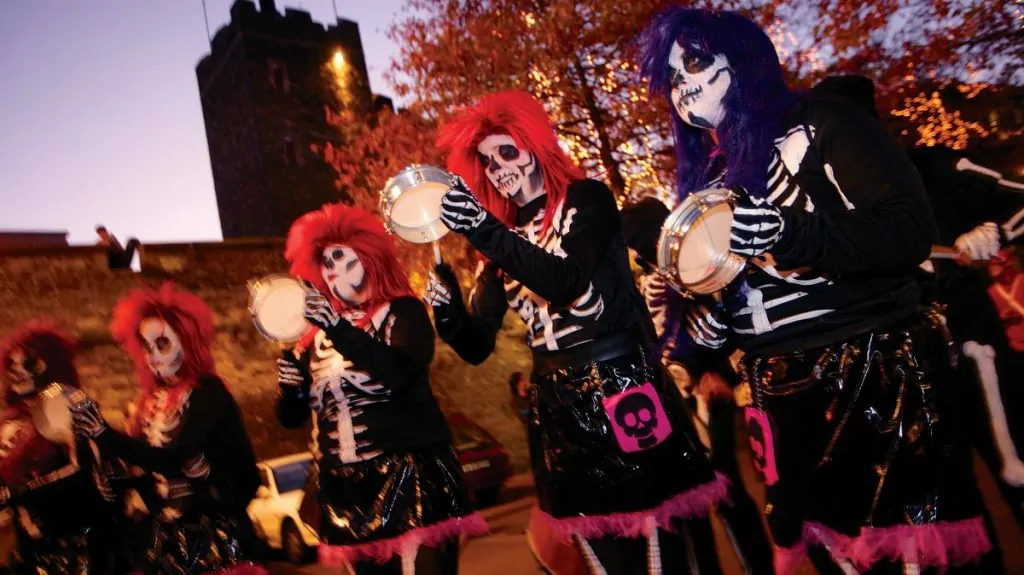
6. Many Irish people live in the United States.
Over 30 million Americans claim to be of Irish origin. Perhaps it's not surprising that Halloween became big in the US!
7. O'Connor means descendant of Connor.
Irish surnames starts with an "O" like O'Connor or O'Mclean, and the "O" stands for grandchild or descendant. If the surname starts with Mac instead, it means 'son'.
8. Ireland has 4 Unesco world heritage sites
The four world heritage sites in Ireland are the prehistoric remains of Newgrange, Knowth and Dowht and the island of Skellig Michael. There is also a World Heritage Site in Northern Ireland: Giant's Causeway.
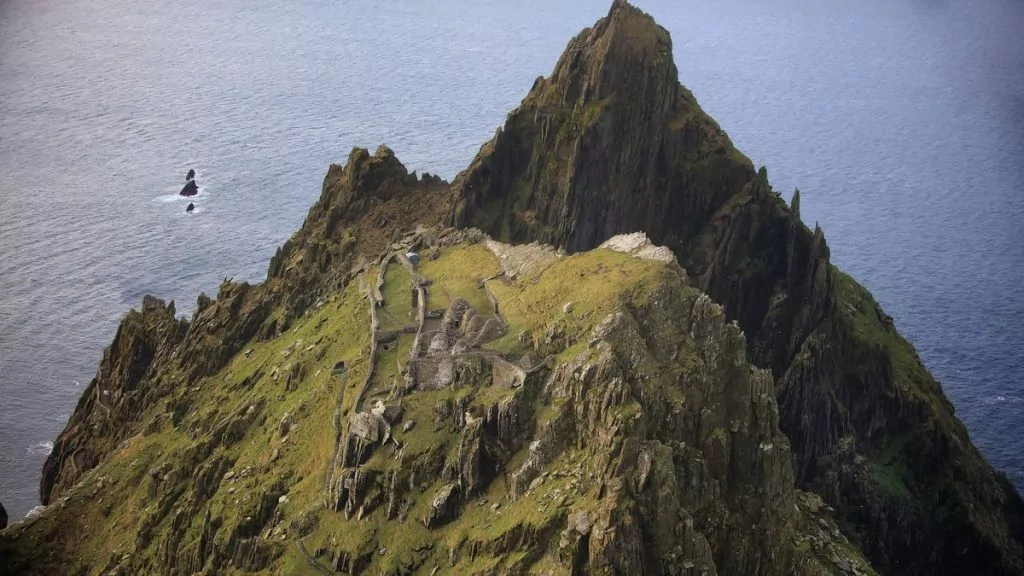
9. There are no snakes in Ireland
According to legend cleansed the saint St Patrick Ireland from snakes. It may be a bit unclear whether this is the reason, but an interesting fact about Ireland is that it is supposed to be snake-free.
10. Seven-time winner of the Eurovision Song Contest
Eurovision song contest is a competition suitable for Irish people, and they have won the whole competition no less than 7 times so far.
11. Riverdance started at the Eurovision Song Contest in 1994.
Riverdance started as an interlude at the 1994 Eurovision Song Contest, taking traditional dance to a whole new level. Perhaps the most famous interlude ever!
12. First to charge for plastic bags
In 2002, Ireland was first country to introduce taxes on plastic bags, resulting in a 90 per cent reduction in use.
13. Guinness is 250 years old
Guinness was introduced in 1759 by Arthur Guinness and is brewed in Dublin and elsewhere. The Guinness brewery also makes Kilkenny and there is a lavish museum at the brewery.
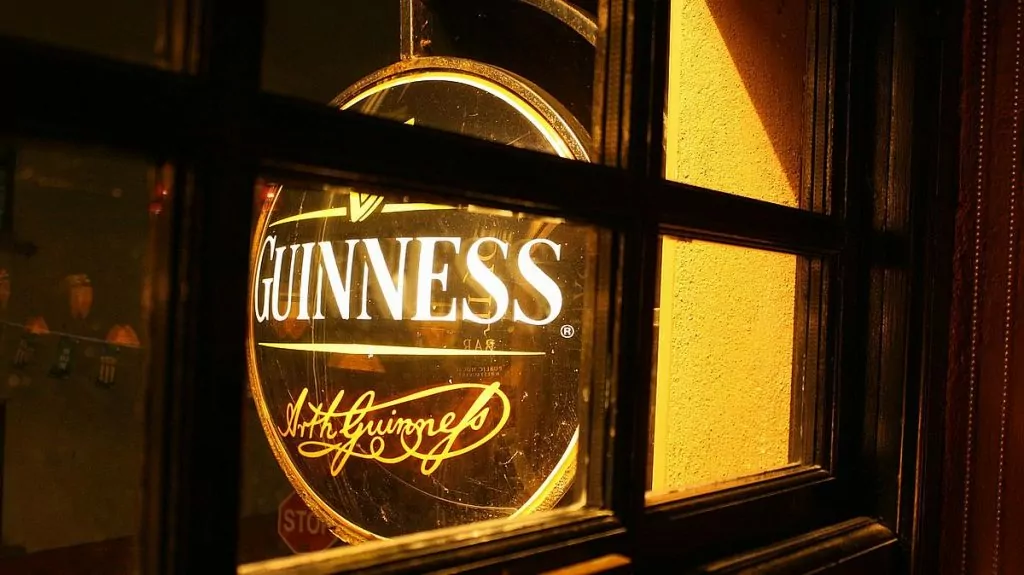
14. 17 March is St Patrick's Day.
On 17 March each year is Ireland's national day, which includes a celebration of St Patrick. Around Ireland, and the world, it is celebrated with parades, music and dancing.
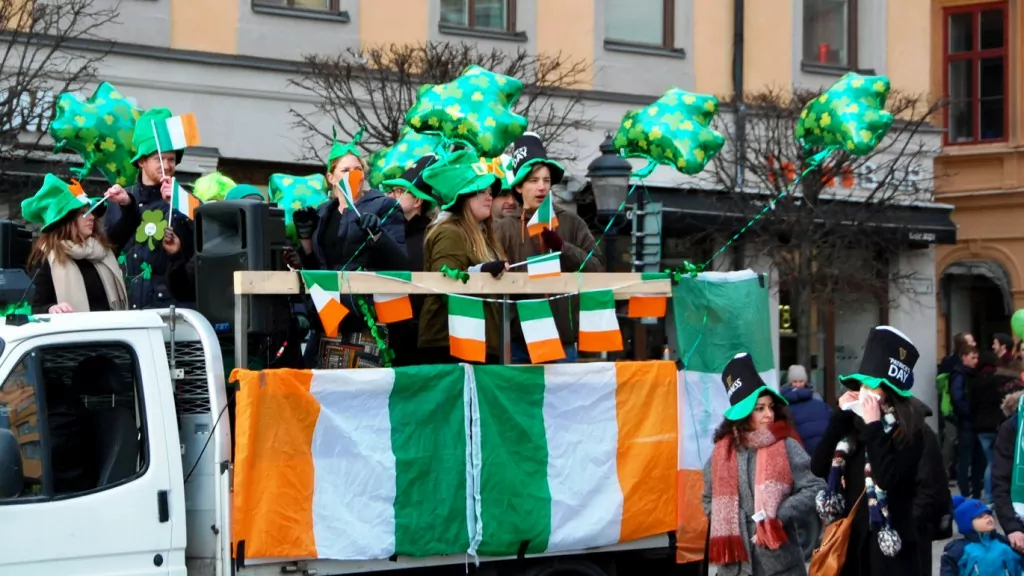
15. Ireland and Nigeria share a patron saint
Ireland is not alone about having St Patrick as a patron saint. Since 1961, St Patrick is also the patron saint of Nigeria.
16. St Patrick launched the three-leaf clover
St Patrick sold the three-leaf clover as the Trinity of God, the Son and the Holy Spirit. Today, therefore, the shamrock symbolises St Patrick's Day.
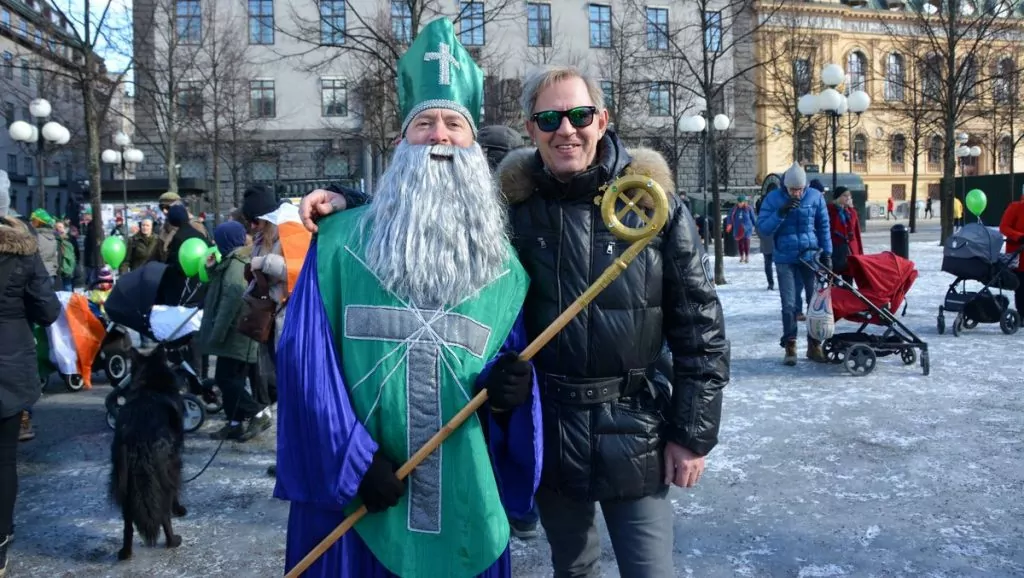
17. a pub of 1000 people
There are plenty of pubs in Ireland. According to various sources of facts about Ireland, there is a pub for every 1000 people, so there should always be a pub nearby!
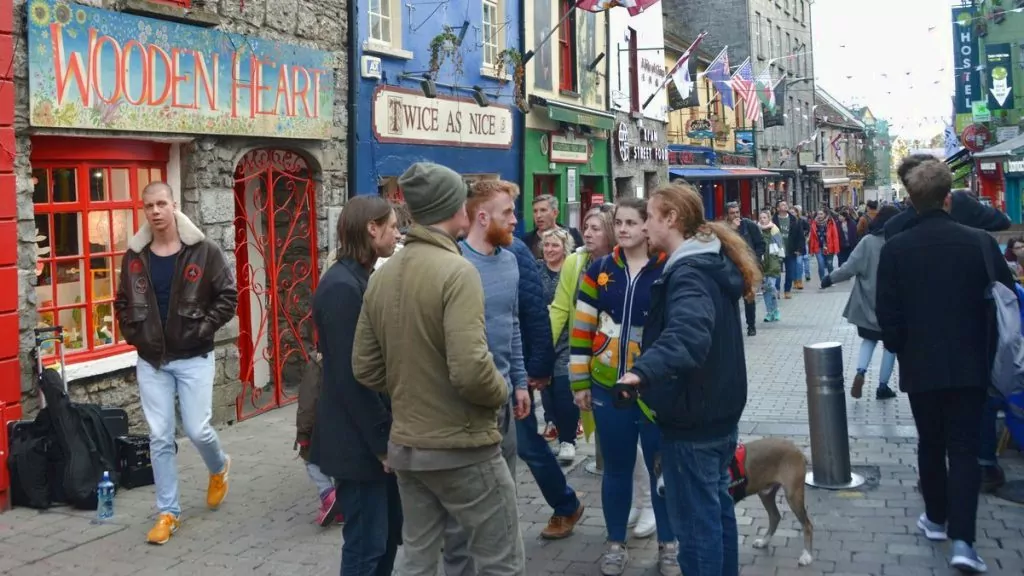
18. Ireland's oldest pub is from the 12th century
The Brazen Head pub is located at 20 Bridge Street in Dublin and is officially the oldest pub in the country. It has been serving beer since 1198.
19. Five Irish Nobel Prize winners
Ireland can boast of as many as five people have won the Nobel Prize. Northern Ireland also boasts five Nobel Prize winners.
20. Oscar Wilde was born in Dublin
Oscar Wilde was born in Dublin in 1854 and became world famous as a playwright, author and social satirist.
21. James Joyce grew up in Dublin
The Odysseus novels by James Joyce is recognised as one of the most important works of the 20th century. Learn more at the new Moli (Museum of Literature Ireland) in Dublin.
22. Gulliver's Travels is written by Irish people
Gulliver's Travels is a classic novel written by Irish writer Jonathan Swift in 1726. Swift was born and died in Dublin and is considered one of the greatest satirists in world literature.
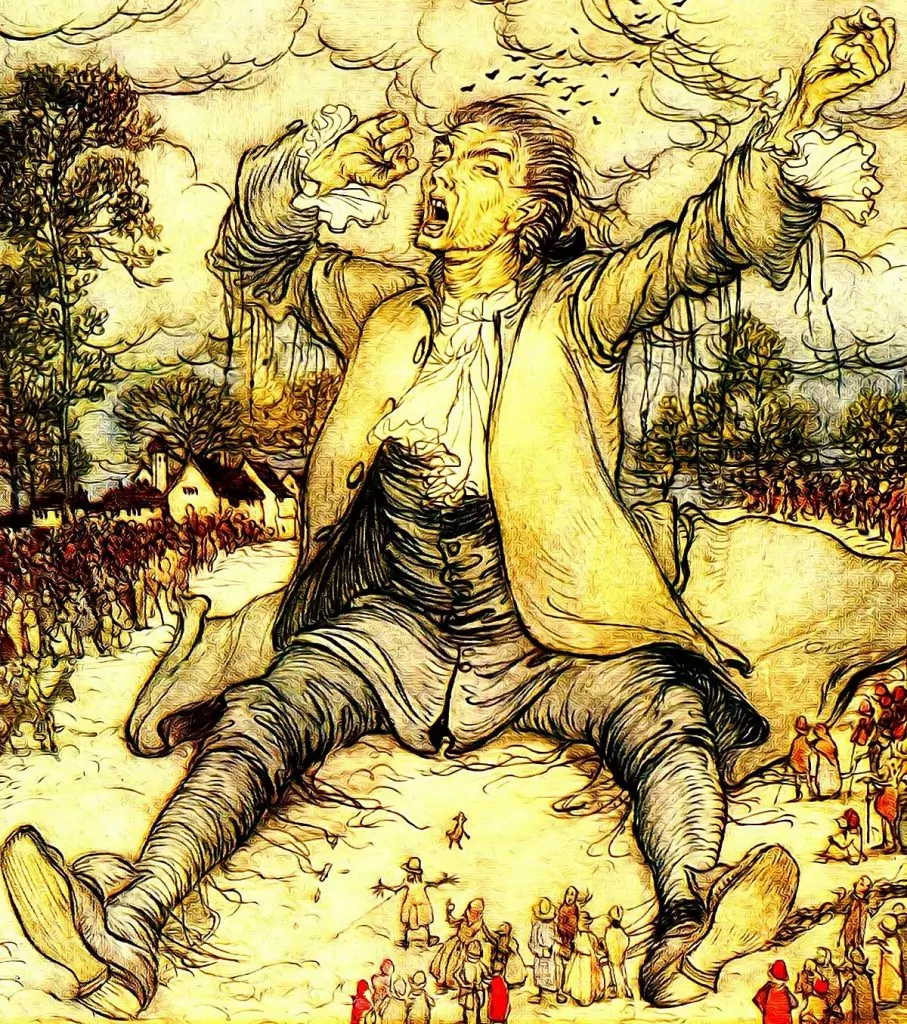
23. U2 was formed in Dublin
The rock band U2 with Bono, The Edge, Adam Clayton and Larry Mullen Jr were formed in Dublin in 1976. Two of the members, Bono and Larry, are Irish.
24. Liam Neeson comes from Northern Ireland
Liam John Neeson was born in 1952 in Bellymena, Antrim, Northern Ireland. The actor is known for films such as Schindler's List, Taken 1 and 2, Star Wars, Voice of Narnia and more.
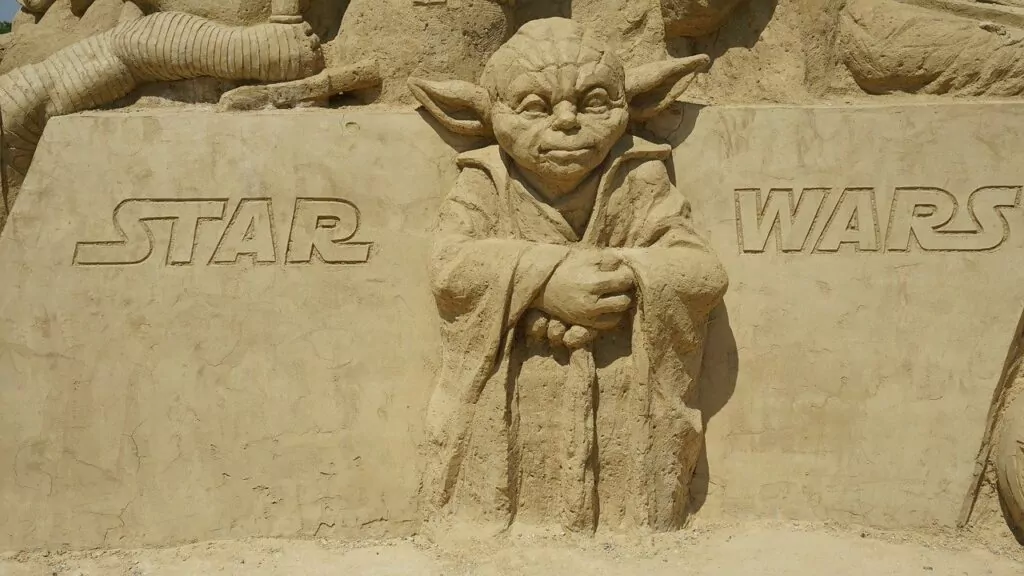
25. Many pop stars
Pop stars seem to grow on trees in Ireland. How about Enya, The Pogues, Dubliners, Sinéad O'Connor, Rory Gallagher, The Cranberriers, Bob Geldof, The Coors, Phil Lynott and many more.
26. Pierce Brosnan was born in Ireland.
The Irish-American actor Pierce Brosnan was born in 1953 in Drogheda, County Louth. Brosnan is best known for playing James Bond in four films between 1995 and 2002.
27. Irish people like tea
Irish people drink around 1200 cups of tea per year on average, according to some sources. In other words, beer is not the only drink on the Irish island.
28. The Irish like their "Soda Bread".
If you want to try something local you might want to try 'soda bread', preferably with Irish butter. It's also worth trying the local award-winning Burren Gold Cheese.
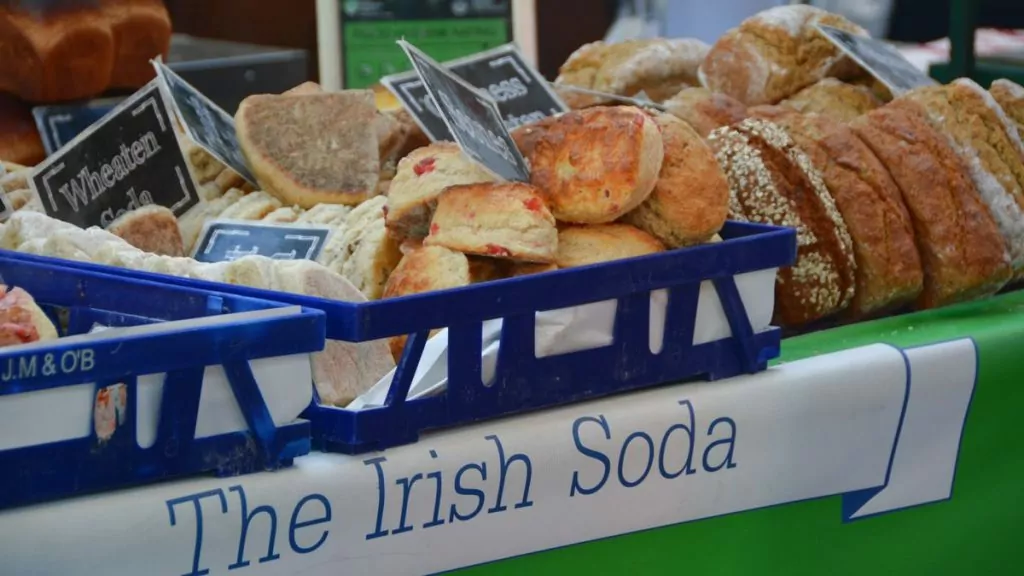
29. the longest place name in Ireland is Muckanaghederdauhaulia.
Muckanaghederdauhaulia is located in the Galway region of Ireland. The place is mainly known for ... its long name.
30. Leprechaun is a kind of leprechaun
Leprechaun is a kind of leprechaun in Irish folklore. The old man is often depicted wearing green clothes, is as small as a child and likes to get into mischief. Leuprechauns are often described as rich shoemakers, with precious treasures hidden away.
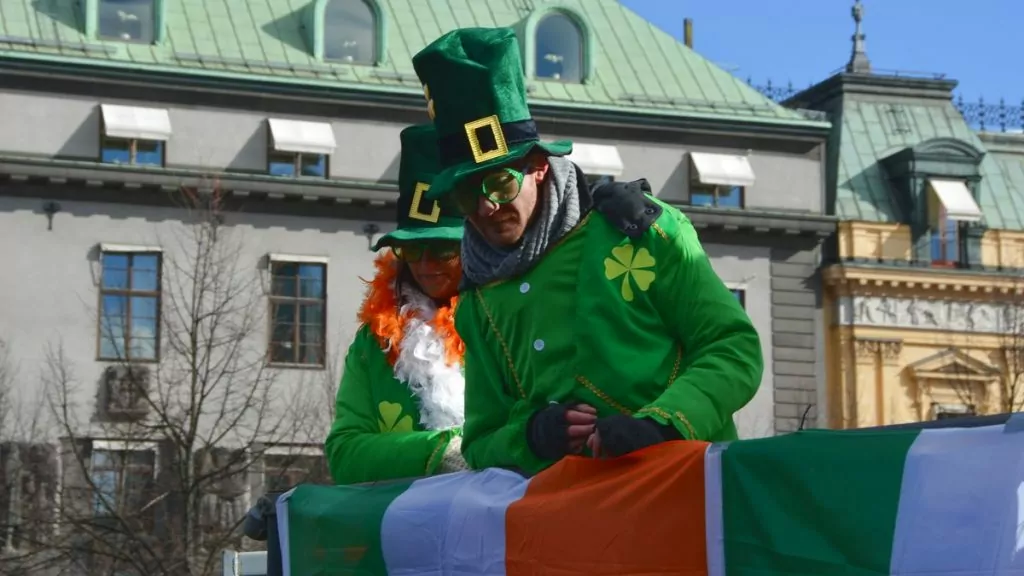
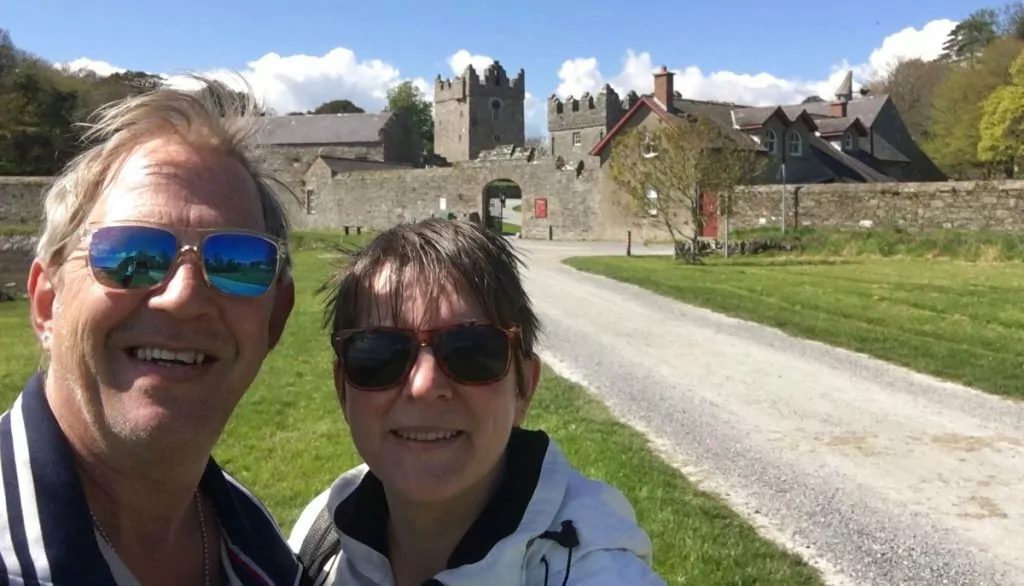
Other facts about Ireland
- Ireland is the third largest island in Europe and the 20th largest island in the world. Five-sixths of the island belongs to Ireland and the north-eastern part of the island is Northern Ireland.
- Highest mountain is called Carrantuohill and measures 1,041 metres above sea level.
- The longest The largest river is the Shannon, which is 259 kilometres long.
- Ireland the second largest city after Dublin is Cork
- Biggest lake is called Lough Corrib and is 165.6 square kilometres.
- Highest building is located in Belfast and is called Obel Tower and is 85 metres high.
- 5 Nobel Prize winners comes from Ireland - Seamus Heaney, William Butler Yeats, Samuel Beckett, William C. Campbell and George Bernard Shaw
- Ireland and Northern Ireland are an island and are joined together., and is on the same latitude as Hamburg in Germany.
- To the north is Scotland and to the southeast the St George's Canal. To the east of Ireland is the Irish Sea, to the south is the Celtic Sea and to the west is the North Atlantic Ocean.
- Ireland's weather is fairly consistent both in terms of temperature and rain. The weather changes quickly and it rains very often but not all the time. They have milder winters than Sweden and colder summers than Sweden.
Surprising facts about Ireland?
Were these perhaps some surprising facts about Ireland, or did you already know everything? Do you have any more exciting facts about Ireland to share?
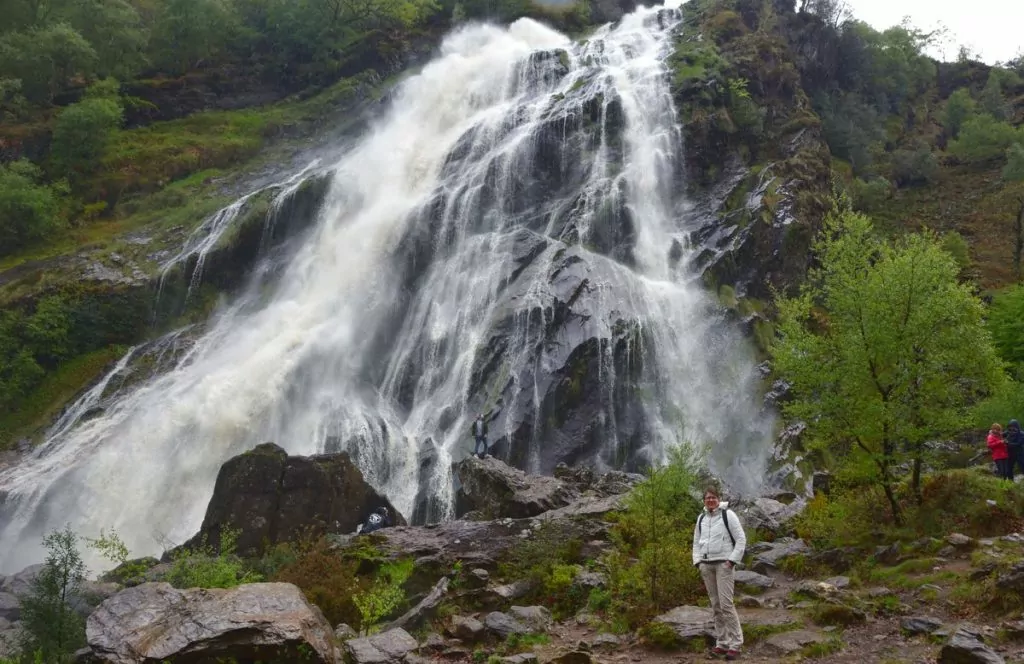
Facts about Ireland
- What country? Republic of Ireland, Island of Ireland and Northern Ireland
- Capital cities? Dublin and Belfast
- Residents? Ireland 4.8 million and Northern Ireland 1.9 million (2017)
- Currency? Euro in Ireland and British Pound (GBP) in Northern Ireland
- Members of the EU? 1 January 1999.
- Time difference? 1 hour minus. Sweden 12.00 Ireland 11.00
- Country number? 353
- National Day? 17 March
- Religion? 9 out of 10 are Catholic in Ireland and there is a 50/50 split between Protestants and Catholics in Northern Ireland.
- Language? English and Irish
- National anthem? Amhrán na bhFiann (soldier's song) in Northern Ireland Londonderry Air (de facto) God Save the Queen
- Flag? Ireland is known for its green and the flag runs vertically, and from the left green, white and orange.
- Green on the left stands for the Catholic population of the Green Island. White symbolises the memory of peace between Catholics and Protestants. Orange on the right is the colour of William I of Orange and represents the Protestants.
- Emergency number? 112
- El? British model and adapter needed
- Water? Drinkable
- Price point? Much like in Sweden
- Watch out for? If you're renting a car, traffic is on the left and the roads are often very narrow.
- Northern Ireland belongs to the United Kingdom, but is located on the island of Ireland.
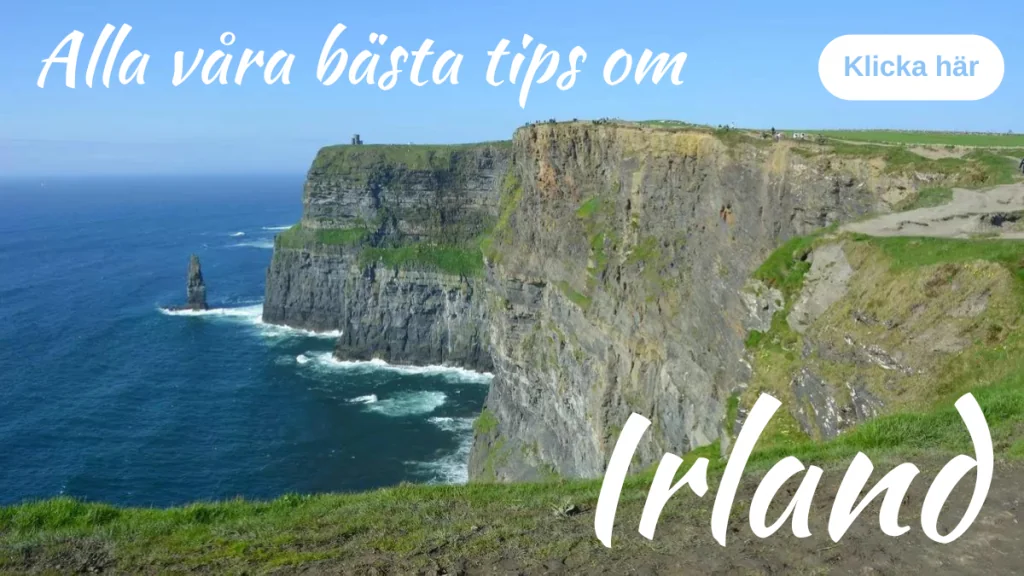
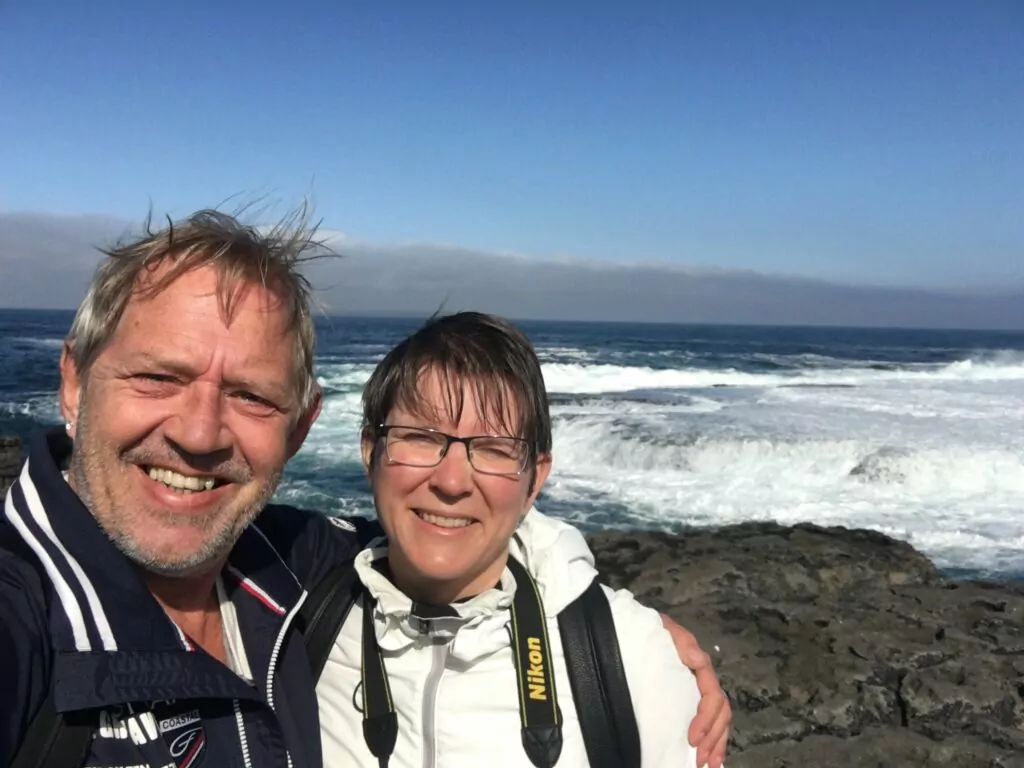
Historical facts about Ireland
- About 7000 years ago Ireland was part of Britain, but separated from each other around 6000 BC.
- From this time the remains of the first Stone Age people have been found.
- New times came and it is believed that new peoples sailed from Brittany and settled on the green island, which was already covered in deciduous forest.
- From about 3500 years BC so called post holes have been found with remains of cooking and manufacturing to support agriculture and the like.
- On the island you will also find Newgrange which is a burial site from around 3200 BC, and several different remains from burial sites such as Dolmar and Domarringar.
- The linguistic remains are Celtic, and the Gaelic people probably came from Spain and around 500 BC Ireland was Gaelic.
- Ireland survived the Romans but instead developed late and remained nomadic for a long time.
After Christ
- Year 400 there were 7 kings on the island with their small kingdoms and a grand king.
- St Patrick introduced Christianity (Catholicism) around 450 and monasteries were built around the island, where monks introduced written language and wrote down the earlier stories in Celtic.
- Like many countries In the past there were internal wars for power and the Eoganachta in Munster, and the Ui Néill in Ulster, the two ruled and were always at war.
- Year 795 the Norwegian Vikings entered Irish territory and took over Ireland, which was not yet called Ireland.
- Year 841 the Vikings created the city of Dublin and the country Eire-land, as Ireland. The Vikings also created Limerick, Wexford and Cork in the 10th century. The Vikings were eventually defeated and there was peace until 1166.
- Year 1171 started an over 800-year-long campaign to oppress Ireland's population by the British and to exterminate its people.
- The British claimed in falsified documents that they had received a gift from the Pope (the Constantinian donation) to take over and rule Ireland.
- They wrote the Charter of Kilkenny in 1366. which forbade marriage between Celts and Englishmen and they could only speak English.
- This continued several hundred years and in 1691 they tried to push even harder.
- The Catholic citizens were not allowed to bear arms, educate their children, be the guardian of a child, and take land from Irish farmers and give it to the British.
- Around 1840, potato cultivation failed. and millions of Irish people emigrated to the US, or 1/3rd of them.
20th century
- Year 1912 it was close to a civil war but the First World War intervened. In 1912 they tried to get Home Rule and also the Easter Rising (1916) to free themselves from British rule.
- The British sent "black and Tans". war veterans to take control of Ireland but it failed.
- Year 1921 they agreed on a peace treaty and five-sixths of the land was allocated to the state of Ireland, and the rest to Northern Ireland, which belongs to Great Britain.
- 1937 Eamon De Valera was one of those who advocated the continuation of the Gaelic language and the preservation of the Irish language.
- Second World War put new dimensions on the Irish heritage and people emigrated again as they had done for a hundred years, after total economic crisis again.
- Year 1949 Ireland became an independent state, free from British bullying. The Catholic Church clamped down on divorce and abortion.
- 1 January 1973 they voted themselves into the EC/EU with the UK. Now the country went from farmers to high-tech industry.
- In the 1990s Ireland grew to be one of the best emerging economies in Europe, known as the 'Celtic Tiger'.
- For the first time in hundreds of years there was more immigration than emigration. Today, abortion and divorce are legal.
SIGNIFICANT PERSONS
- Oliver Cromwell
- Theobald Wolfe Tone
- Daniel o'connell
- Charles Stewart Parnell
Information on Ireland for motorhome owners
Are you travelling with a motorhome? If so, check out our post on how to travelling by motorhome in Ireland, with information on roads, driving and campsites.

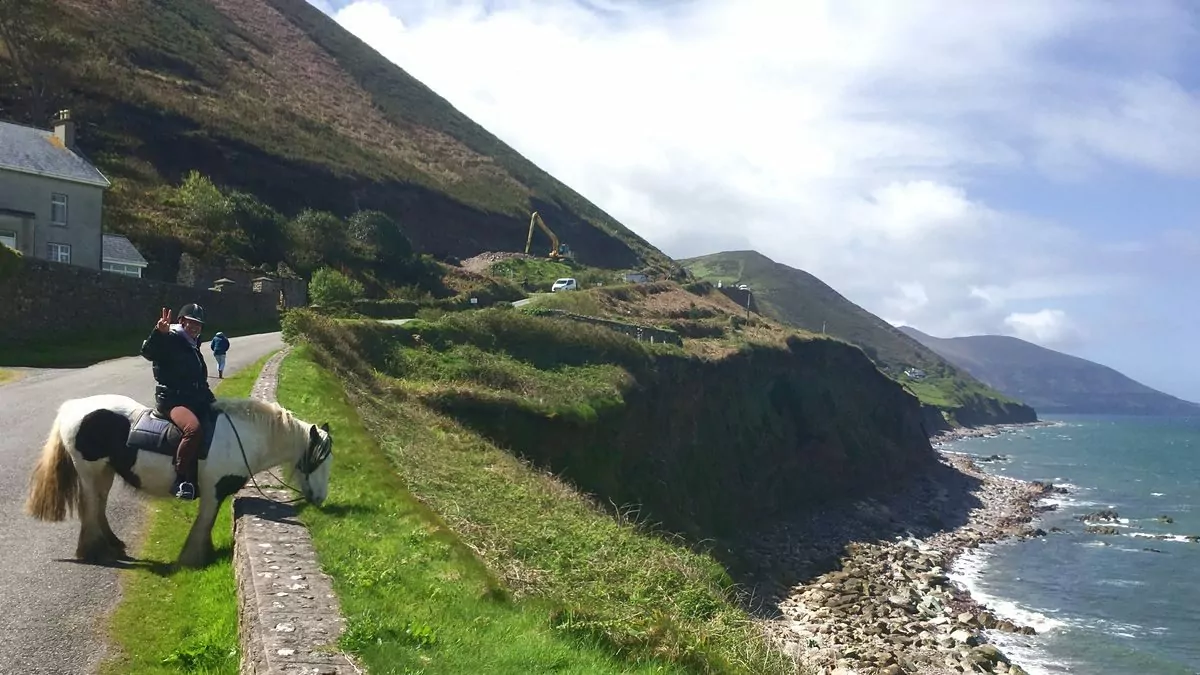










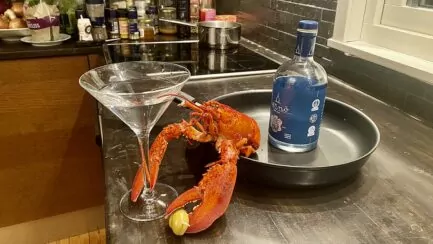
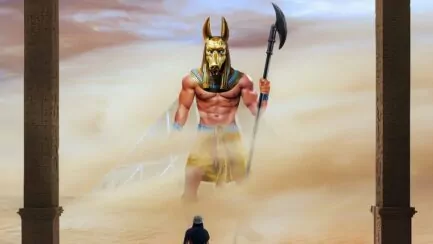
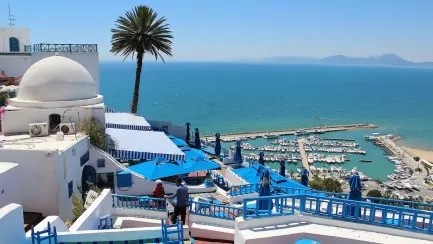
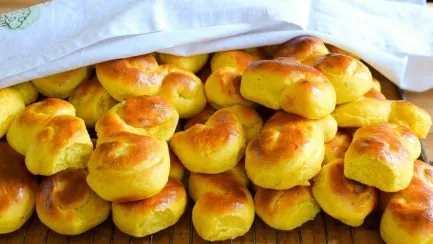



Ann says:
Great reading, thank you!
Samhain is also celebrated in Scotland, now in the days actually. We are aiming to go to Edinburgh to celebrate the spring equivalent Beltane 🙂.
Have you been to such a celebration?
31 October 2019 - 6:18
Helena says:
Oh what fun! No, I don't know about Beltane ... interesting!
31 October 2019 - 19:26
Barbara-Linnea says:
Very much have facts about Ireland write factual text about Ireland in school ???
SO GOOD SITE!!!??
23 March 2020 - 14:31
Barbara-Linnea says:
Is a child of 10 years old???hihi
23 March 2020 - 14:39
Anonymous says:
✌🏼
08 April 2023 - 21:45
Ann says:
Oh exciting facts I forgot!
The last sworn member of the Order of St John is a professor who teaches history at Trinity College in Dublin 🙂 ).
31 October 2019 - 6:20
Helena says:
And even some more important facts... fun! 🙂
31 October 2019 - 19:26
Susjos says:
What fun to know a little more about Ireland! Have just been there for the first time, at a gay wedding! It was absolutely fantastic! Discovered that there was different currency in Northern Ireland and Ireland, funnily enough we saw Londonderry on the map! We flew to Belfast and then drove 25 kilometres to Northern Ireland, a fantastic island!
31 October 2019 - 7:22
Helena says:
Yes, that's right! Lovely wedding you have been to! Glad you saw Londonderry too! It will certainly soon be about Londonderry here on the blog 😉.
31 October 2019 - 19:27
Emma, Sol som sol? says:
Most of it I had heard about but it's very fun when you put things together like that! Good you Snodde Peter's list!
Thinking about O' and Mac. Does the next generation switch from O' to Mac? The father is Connor, the son is O'Connor and the grandchildren are MacConnor?
Riverdance, yes. That performance was absolutely maaaaagic! I was really taken by it and every year I wait to experience it again in the interval programme but am always so disappointed.
Maybe it's like comparing pears and apples, but Spain has about 47 million people and there were about 185,000 bars last year. That's one bar for every 254 people. The number of bars is apparently decreasing year by year because in 2013 there were 132 people per bar according to a survey by CocaCola.
31 October 2019 - 8:52
Helena says:
Haha, what a great question about O' and Mac! I have to admit that I don't quite understand how it is connected ... When you read that Mc is Scottish and Irish while O' seems to be more Irish only (if I understand correctly). And then it's like here, the names aren't used like they used to be ... And the bars, oh dear? It sounds like Spaniards like bars!? 🙂
31 October 2019 - 19:33
Geddfish says:
Great list! Some of it I knew about. Ireland has long been the island of my dreams and I read books about the wild green moors, it sounded so romantic.
I had the privilege of accompanying my husband and his course mates (with resp) from his youth. We came to Dublin and also made excursions around the city.
I will never forget the date. We woke up one morning to find that Anna Lindh had been shot. 11 September 2003.
It was almost nice to go to the whiskey tasting at Jameson Distillery early in the day, and shake off the discomfort for a while.
Have a nice weekend 😀.
31 October 2019 - 11:43
Helena says:
Such special events (such as with Anna Lindh), then you often remember where you were when you heard it! Otherwise sounds like a nice trip! 🙂
31 October 2019 - 19:34
bmlarsreseblogg says:
Ireland is high on the list of favourite destinations.
Thank you for many fun facts. My friends say I'm good at "useless knowledge", but it's nice to have such knowledge and not just boring facts!
31 October 2019 - 19:01
Helena says:
"Worthless knowledge" is quite funny! Maybe not completely useless after all? 🙂
31 October 2019 - 19:34
BP says:
Knew some things, but a lot was also new. I also like "unnecessary knowledge", most of the time it's really fun stuff that you get to learn. Like that with "O'" and "Mac'".
Muckanaghederdauhaulia is as unpronounceable as Llanfairpwllgwyngyllgogerychwyrndrobwllllantysiliogogogoch, which is in Wales and has the longest place name in the UK.
31 October 2019 - 19:56
Geddfish says:
Hi BP, I've been to Llanfairpwllgwyngyllgogerychwyrndrobwllllantysiliogogogogoch without pronouncing the name 😀.
31 October 2019 - 20:29
Ruth i Virginia says:
Your Irish travel post was one of the highlights for me.
Have never been there and only heard about "the old sod", which
the Irish here call it. Your photos after the roads were
so incredibly beautiful. What nature! As usual, tourists are mostly travelling
to famous cities instead of travelling to the countryside.
Otherwise, I like to read about your houseboat in different seasons.
not to mention, how I enjoy your view (your views?)
You release the blog at US midnight, so sometimes when I am sitting
up late, I take a look, before crawling into bed.
01 November 2019 - 3:03
Lena - gott för själen says:
Wow, that was a really fact-packed post. I am definitely curious about Ireland. I imagine I would like it as much as Scotland.
Hug Lena
04 November 2019 - 6:03
allex says:
hello can I know who made this page?
????
27 February 2020 - 10:22
ahufirwjdsk says:
it's hanna and peter who wrote
03 May 2022 - 10:42
xxx says:
this is the best thing I have read
28 February 2020 - 13:17
Anonym says:
This site is great found a lot of facts about Ireland.
02 March 2020 - 13:00
Barbara-Linnea says:
Your facts are correct, I've looked it up?????
23 March 2020 - 14:30
Anonymous says:
This was a good fact!!!
very good!
28 May 2020 - 13:31